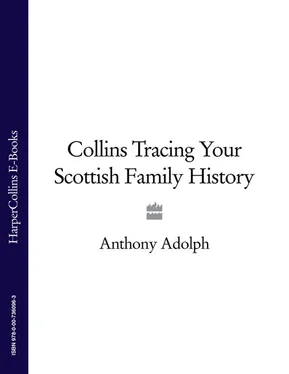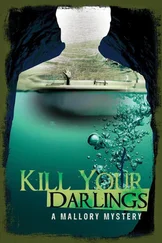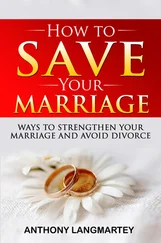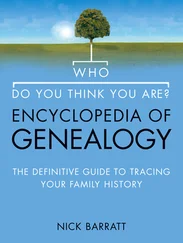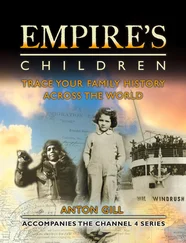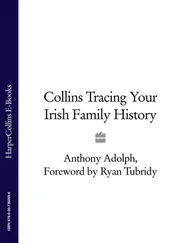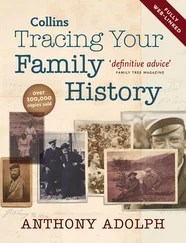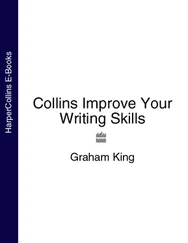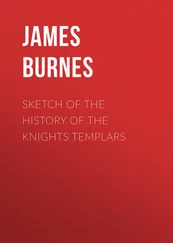I prefer hand-writing family trees and keeping more detailed notes in computer ‘word’ documents. The following ‘narrative’ method allows much flexibility:
Write everything you know about Alexander. Then write ‘his children were’ and list them:
1 Donald Matheson, the next member of the direct line, so after his name type ‘see below’
2 Alexander Matheson. Put anything you know about Alexander and his descendants here. If he had children, then write ‘his children were:
1 Hamish Matheson.
2 James Matheson: if he had offspring, then…
1 Jean Matheson
3 Margaret Matheson. If you have absolutely loads on Margaret and her descendants, you might want to open a separate ‘chapter’ for her and put her at the top of her own narrative document.
Donald Matheson, son of Alexander.
Write what you know about Donald, and so on.
Since 2002, however, these records have become available on www.ScotlandsPeople.gov.uk.This is run by the General Register Office for Scotland (GROS), the National
Archives of Scotland (NAS), the Court of the Lord Lyon and an internet company, Brightsolid. You purchase a block of credits using a credit or
• = indicates a marriage, accompanied by ‘m-’ and the date and place.
• solid lines indicate definite connections: dotted lines indicate probable but unproven ones.
• wiggly lines are for illegitimacy (though straight lines are now acceptable) and ‘x’ for a union out of wedlock.
• loops are used if two unconnected lines need to cross over, just like electricians’ wiring diagrams.
• wives usually go on the right of husbands, though only if that doesn’t interfere with the chart’s overall layout.
• Common abbreviations are:
| b. |
born |
| bach. |
bachelor |
| bpt. or c. |
baptized or christened (same thing) |
| bur. |
buried |
| d. |
died |
| d.s.p. or o.s.p. |
died without children |
| d.v.p. or o.v.p. |
died before father |
| inft |
infant |
| m. |
married |
| MI |
monumental inscription |
| m.i.w. |
‘mentioned in the will of…’ followed by f. for father, gf. for grandfather and so on. |
| m. proc. |
marriage proclamation |
| spin. |
spinster |
| test. |
testament |
| unm. |
unmarried |
| wid. |
widow or widower (as appropriate) |
| w.wr./pr. |
will written/proved |
debit card, and spend them making searches and viewing digital images of the records themselves. Searching the index to wills and testaments is free but you pay to view an image of the document. At the time of writing, the site contains the following material:
• Statutory (General Register Office) Registers: Births 1855-2006; Marriages 1855-2006; Deaths 1855-2006.
• Old Parochial Registers: Births and Baptisms 1553-1854; Banns and Marriages 1553-1854.
• Censuses: 1841, 1851, 1861, 1871, 1881, 1891, 1901.
• Wills and testaments: 1513-1901.
If, by the time you use the site, more material has been added, all well and good!
Births, marriages and deaths are indexed up to nearly the present day, but for privacy reasons, digital images are only available up to 100 years ago for births, 75 years ago for marriages and 50 years ago for deaths, though you can order ‘extracts’ of these from GROS, or examine the originals at the ScotlandsPeople Centre.
The website works out more expensive than visiting the archives in Edinburgh, but if you don’t live nearby then www.Scotlands People.gov.ukis a godsend. Besides bringing indexes to your computer, it has indexed the indexes, making the searching process vastly easier than ever before. And, because it’s now possible to view images of the original documents online, people across the globe can now trace their Scottish ancestors properly. This has encouraged many new people to start exploring their Scottish roots.
Take a few minutes to explore the site’s extra features. There are fairly detailed explanations of the records, and ‘Research Tools’ contains many helpful features, such as tips on reading old handwriting and understanding old money.
Up to 1582 Britain and Europe used Julius Caesar’s calendar, with years starting on Lady Day, 25 March, but that year many Continental countries started using the calendar of Pope Gregory the Great, with years starting on 1 January. King James VI and I ordered the adoption of the Gregorian calendar starting on 1 January 1599/1600, and now that the year started in January, not March, New Year quickly absorbed many surviving pagan Winter Solstice traditions, creating the great Scots New Year festival of Hogmanay. Although James became king of England and Ireland in 1603, the calendar there did not change until 1752.
Dealing with written records
Reading old handwriting is called palaeography. Old ways of writing, or simply bad handwriting, present a real problem for genealogists. You can learn to read the former, but ghastly scrawls can defeat the most seasoned professional. For old hands, see G.G. Simpson’s Scottish Handwriting 1150-1650 (Tuckwell Press, 1973) and A. Rosie’s Scottish Handwriting 1500-1700: a self-help pack (SRO and SRA, 1994).
www.scottishhandwriting.comoffers online tuition on old handwriting, and there are palaeography classes available elsewhere, especially at the ScotlandsPeople Centre.
Older records in Latin can be off-putting, but you can always pay a translator or experienced genealogist. Good guides to Latin include R.A. Latham’s Revised Medieval Latin Word-list from British and Irish Sources (OUP, 1965), and there is a useful list of Latin words used in genealogical documents at www.genuki.org.uk.Here are some basics that appear in legal documents:
| • |
Annus |
year |
| • |
Dies |
day |
| • |
Eod. die. |
same day |
| • |
Est |
is |
| • |
Filia |
daughter |
| • |
Filius |
son |
| • |
Inter alia |
amongst others |
| • |
Mater |
mother |
| • |
Matrimonium |
married |
| • |
Mensis |
month |
| • |
Mortuus |
died |
| • |
Natus |
born |
| • |
Nuptium |
married |
| • |
Obit |
died |
| • |
Parochia |
parish |
| • |
Pater |
father |
| • |
Pro indiviso |
undivided |
| • |
Qua |
as |
| • |
Sepultat |
buried |
| • |
Uxor |
wife |
| • |
Vide |
see |
| • |
Vidua |
widow |
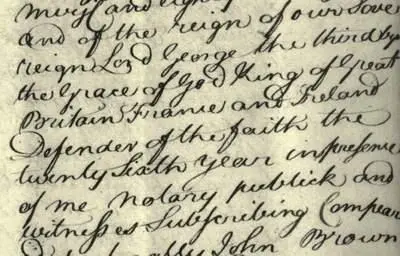
This extract from a nineteenth-century sasine or land grant is relatively easy to read: earlier documents can be harder to follow.
Читать дальше
